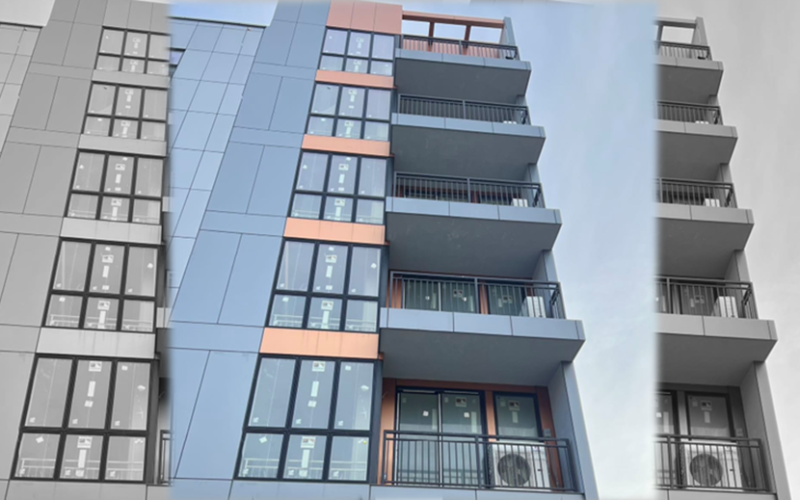Content distributed by NYCNewswire.com
The New York City housing lottery, part of the city’s Affordable Housing initiative, is designed to provide below-market-rate housing options to eligible participants, including low- to middle-income families, seniors, and disabled individuals. While the program aims to make housing more affordable for those who meet specific income requirements, the perception of affordability can vary widely among applicants.
Several factors contribute to the ongoing discussions about the affordability of the NYC housing lottery:
- Income Bands: The housing lottery includes a range of income bands, from extremely low income to moderate-income levels. However, the upper limits of these bands can sometimes be close to the median income for the city, making some argue that the apartments are not affordable enough for those in the greatest need.
- Rent Prices: Even though lottery apartments are offered at below-market rates, the rents can still be high relative to the income limits, especially in more desirable neighborhoods. This situation can lead some to spend a significant portion of their income on rent, challenging the notion of affordability.
- Supply and Demand: With a high demand for affordable housing in NYC and a limited supply of available units through the lottery, many who apply do not win a spot, leading to frustration and a sense of the program being inaccessible.
- Area Median Income (AMI) Adjustments: The affordability of lottery apartments is tied to the Area Median Income (AMI), which is subject to change. As the AMI increases, so do the income limits for eligible applicants, potentially making some units less affordable for lower-income applicants.
- Variability by Development: The affordability and desirability of lottery apartments can vary significantly by development, with some offering more amenities and lower rents relative to others. This variability can impact perceptions of overall affordability.
While the NYC housing lottery has been successful in providing thousands of affordable units to New Yorkers, the challenges mentioned above highlight the complexity of addressing affordable housing in a city with high living costs.
An example of this program not being truly affordable can be found with 80 Linden Blvd. in East Flatbush, where a 1 bedroom under the NYC affordable housing program is going for $3,253 per month, with an income requirement between $111,532 – $165,23 per year. Let us know you think that’s affordable.

















The average American isn’t working for a 100k a year, so this affordable rent isn’t for low -middle class income. East Flatbush where 80 Linden Blvd is located is in a ghetto neighborhood so why is rent 3200 for a 1 bedroom? It’s sad that our main focus is to pay these high rent and have to struggle the remainder of the month to live nd eat.
You don’t need to be a rocket scientist 😞😞😞 to figure how much to afforded to pay affordable apartment, it’s ALL about MONEY 💰💰💰 GREED , intilement , and pure arrogance , no heart in this generation, the generation of the past would be rolding in their graves if they would see how much to live in a city that accepted immigrants from all walks of life and survive the life of the Big City it’s a sad situation we’re living in today.
Affordable housing in NYC is a joke and a slap in the face for hardworking New Yorkers who do not make six figure salaries. It’s worse for those who make $16/hr, which is minimum wage. Twenty an hour can’t get you into these so-called affordable apartments.
The city should adopt the European model of affordable housing where there is an even mix of income levels in areas. It keeps diversity in neigbnorhoods and allows for better services and amenities in the area ie schools, banks, medical facilities, etc, By using “area” incomes, local govt keeps struggling areas UNDERSERVED and push out those long time residents who may do financially better (who would otherwise stay in those neighborhoods and serve their community).
There’s nothing affordable by paying 3200 a month for low income people.Its so sad that there’s so many new buildings being built and the majority of people that can’t afford those high rents.Thats why they’re so many homeless.